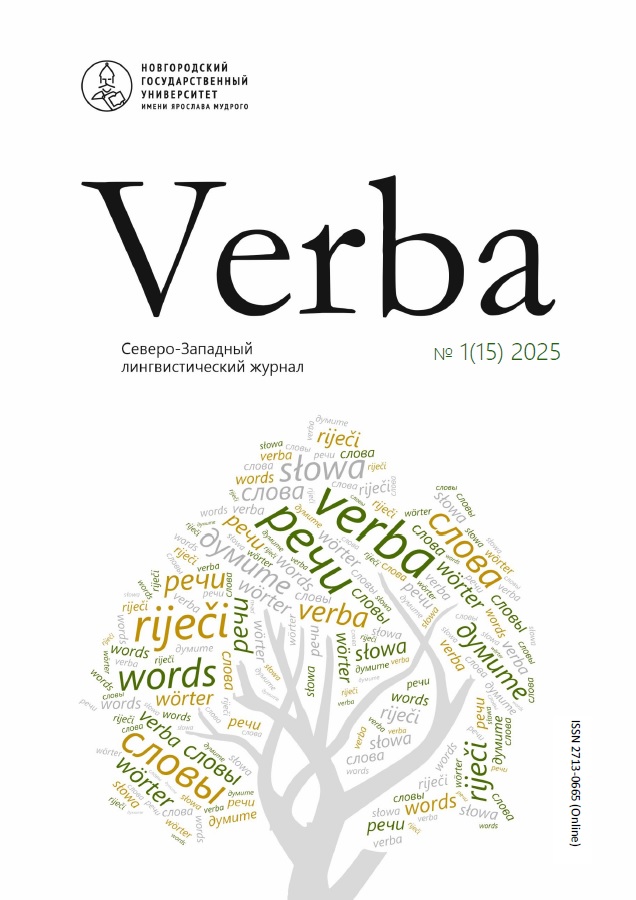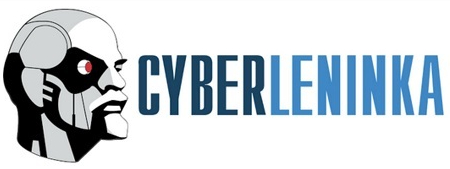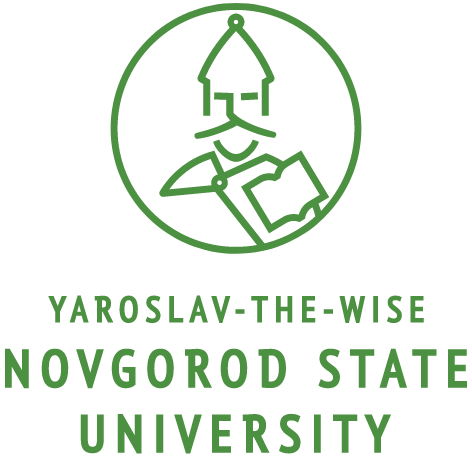Oxymoron in rap lyrics
DOI:
https://doi.org/10.34680/VERBA-2025-1(15)-53-65Keywords:
rap text, oxymoron, oxymoron model, figure semantizationAbstract
The paper examines oxymoron, a typical rap figure used by Pyrokinesis in the songs of the album “mea maxima culpa”. Oxymoron is understood as a figure that consists in combining the incompatible, forming a contradictory unity, a fused contrast. The analysis of the material is a semantization of oxymoron – a description of the effect of anomaly based on dictionary definitions, the syntactic status of words and their relationships in the utterance. Thus, the grounds for generating a complex meaning as a holistic mental result of perception are clarified. The contradictory relations that form a fused contrast of a general concept are created by Pyrokinesis between objects, features, states, actions, and the action is the predominant manifestation of the objects of the image (the lyrical hero, another subject, environment, etc.). Along with typical models of constructing an oxymoron (adjective + noun, noun + noun, adverb + verb, etc.), the songs on the album use atypical models, which are called oxymoron-type combinations. The analysis of the material shows not only the diversity, but also the complexity of the implemented models. General concepts that are formed as a result of combining incompatible concepts in an oxymoron contain a contradiction, the formulation of which is problematic. However, the process of semantization of an oxymoron shows how Pyrokinesis, not being constrained by the rules of figurativeness, uses the possibilities of the natural language to express complex thoughts and depict complex relationships.
Downloads
Downloads
Published
How to Cite
Issue
Section
License
Copyright (c) 2025 Verba

This work is licensed under a Creative Commons Attribution-NonCommercial 4.0 International License.








